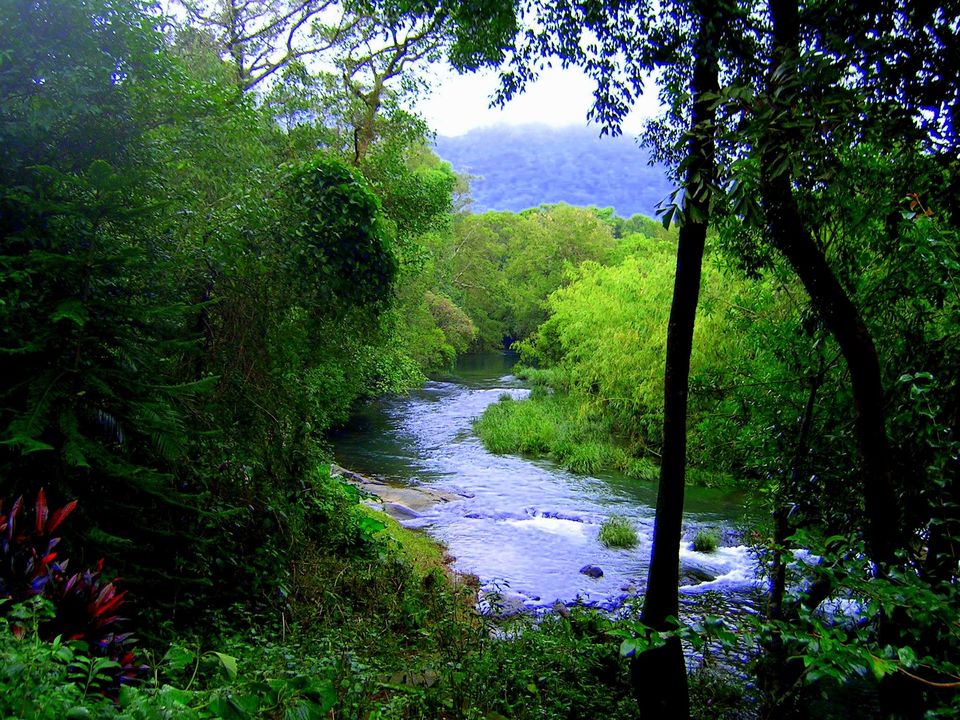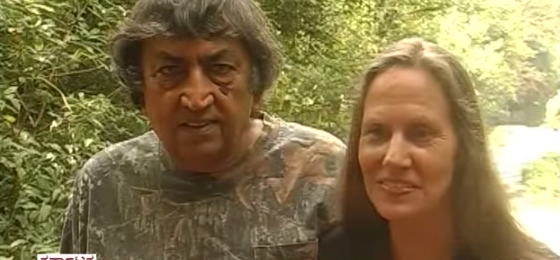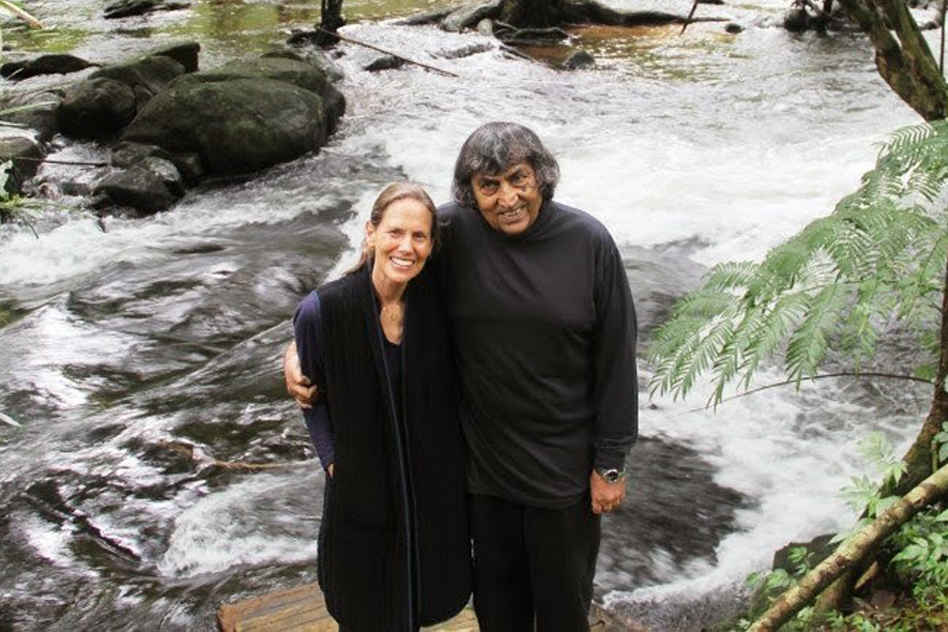Krishna with Flute
Senior Member
- Joined
- Jan 26, 2024
- Messages
- 4,989
- Likes
- 2,651
- Axis Group

Democratic decision making process
People in the village are not the blind followers of Anna. Every new initiative is thoroughly discussed in village meetings. Pros and cons of any new initiative are considered. Plans for implementation of a particular scheme and code of conduct are openly discussed and a select group of people carry out and supervise the works. Thus, at every stage the involvement of people in decision-making is very important.Social reform with strict discipline
Once the decision is taken by the villagers to eradicate a particular social evil, it is implemented with strict discipline in letter and spirit. As in case of drinking, any one found drunk in the village used to be tied up with the pillar of the temple and beaten by the military belt of 'Anna'. Since it used to be a collective decision nobody could dare oppose it. Similarly dowry and extravagance have been curbed.Need-based planned socio-economic development
Since all the decisions pertaining to launching of any scheme are taken in village assembly, the decisions reflect the needs and aspirations of the community. For example, the top priority was accorded to the rain water harvesting and management of the four village watersheds. Every drop of rain was trapped by developing a drainage system, trenches, check dams, drainage plugs, percolation tank etc. by developing and designing micro-watershed specific schemes. This initiative recharged the ground water and now enough water is available all year round at 6.5 m depth as compared to the ground water depth of 20 in earlier. This was followed by regeneration of plants, grasses, development of best locally suited farming systems, continuous watch and monitoring of water distributions to irrigate crops in a judicious manner, selection of crops according to soil moisture and needs of the people. Organic manure is prepared by the farmers by using human and animal wastes as well as crop residues.Similarly, to meet basic minimum needs of the people solar street lights, community latrines, biogas plants for cooking and above all a well managed high school are installed and being satisfactorily run. Today, not only the children from the village but also from the cities like Bombay and Pune come to study in the village school. The preference is given to the so called "spoiled" children in admissions to encourage these children.
Cooperative management system
Most of the villagers are farmers. Hence, it is beyond their repaying power to go for bank loans for irrigation wells individually. To overcome this problem, cooperative system of irrigation has been evolved. Two or more farmers develop the source collectively, share the water equitably and repay the bank loan in proportion to the land irrigated by that source. This system has enabled an access to irrigation even to the poorest of poor farmer on equal terms. To avoid any confusion or misuse of water, Water Ration Cards are maintained by farmers. Each farmer can use the water as per his/her allotment. A second turn to any farmer is allowed only when all the farmers have taken their first term.Special focus on women
The availability of drinking water, fodder, toilet facilities, bathroom etc. have reduced the drudgery of women. The moral upliftment of the village has improved the status of women at home and in society, due to change in attitudes of men towards women. Mahila Mandals (Women's Groups) manage the women-specific issues. Besides, all women's panchayat (assembly) is another step to encourage the participation of women: The village milk dairy is run by women. Atrocities on women are taken up very seriously and the culprit is dealt with strictly. Even husbands are not spared. However, it still needs more time for women to attain equality with man. A scheme of sewing, cloth cutting and tailoring has failed particularly due to low demand and lower returns. Lack of marketing strategy is the prime cause of failure. In general due to added development activities, the load on women in field and home activities has increased but they feel that they have regained their lost dignity and have equal participation in decision making process, today.Facilitating village organizations
To manage the affairs, village organization have been developed for smooth functioning of each and every activity. The broad administrative organization diagram is given in Fig. 2.Each of these units are separately registered societies with fair degree of independence and are competent enough to take operational decisions. Thus, in all the above approaches people and moral values enjoy the centre stage, and common good is the sole aim.
Big achievements of a small man
Kishan Baburao Hazare, popularly known as Anna Hazare, a slightly built, short statured soft-spoken person with small deep set eyes and clad in dhoti, kurta and Gandhi cap hardly looks the sort of person who can create a miracle in community-based sustainable -watershed management with people's participation.
He was born on 15 January, 1940, in a small village called Bhingar of Ahmadnagar District in Maharastra state of India where his grandfather served in army and his father worked as an unskilled worker in an Ayurveda Ashram Pharmacy.
In 1952, after the retirement of his grandfather his father resigned his job and returned to his native village Ralegan Siddhi in the same district where he owned 15 acres of degraded land. It was a real problem for his father to support a big family comprising half a dozen children. So Anna Hazare, on the request of his issueless aunt (father's sister) was sent with her to Bombay to continue his studies.
He passed 7th standard. By then his father had mortgaged part of his land and was badly debt-ridden. So Anna being the eldest son decided to support his father and started working on a flower shop for Rs. 401- a month. This was not enough. After gaming some experience he started his own shop and called two of his younger brothers also. He could earn Rs. 700-800 a month. But unfortunately he fell in bad company and in a scuffle he thrashed some one badly and was wanted by police. Fearing arrest he fled back to village where he came to know about military recruitment. He joined army as truck driver in 1960.
During Indo-Pak war in 1965 and again in Nagaland during insurgency he had miraculous escapes while all his colleagues were killed. Being far away from family and friends he was so deeply depressed that at one point of time he decided to commit suicide but for the marriage of his younger sister he changed his mind. While travelling via Delhi he noticed a book 'Call To The Youth For Nation Building' by Swami Vivekananda. He studied that book and many other works of Swami, Gandhiji and Vinoba Bhave and got a clear message and mission for life in the service of humanity. He took voluntary retirement and settled in his native village in 1975.
The situation of the village was at the peak of its deterioration. Poverty, illiteracy, degradation of natural resources, theft, corruption, alcoholism, infights, lawlessness and many other vices were common. He was shocked to see all this and was baffled, and did not know from where to start and how?
He started with the renovation of a temple, for which he spent all his money, snapped his ties with the family, decided not to marry, and started living in the temple. Initially nobody extended a helping hand but his sincerity influenced young and old alike. Since he was 35 years old, neither too young nor too old, he could communicate and link with both young and old effectively. He organised youths and with their support eradicated alcoholism, a root cause of many vices in his village. The village assembly collective decided to beat publicly any body found drunk. The temple served as commons platform for meetings for all, without any consideration of caste, creed or economic background.
He always stressed on consensus decision in village assembly, based on which he started with watershed management as the shortage of water was the most acute problem in his village. Five voluntary codes were decided. These were: ban on open grazing and felling of trees, control on population growth (family planning), dowry and alcoholism. Structures were created to conserve every drop of water by using simple but effective technology through 'shramdan' (voluntary labor). Five hundred thousand trees have been planted. Ground water is recharged. Irrigation potential increased from 0.5 % in 1975 to 70 % in 1985. Agriculture production increased by four times. Thus, now there is enough food, fodder, fruit, firewood etc. in the village, not only for own consumption but surplus for export also. In the 1995 only, onion worth Rs. 8,000,000 (aprox. US$ 230,000) has been sold by the village. Now there is an intermediate college, post office, bank, cooperative societies, solar street lights, low-cost latrines, bio-gas plants, training centre for watershed management etc. in the village.
His basic approach has been to change the individual through moral cleansing, collective effort, use of simple but effective technology, special focus on weak and women and above all participation of all in every program. Today he is leading this program in 300 counties (talukas) of Maharastra on the request of the Government of India.
For his contributions, he has been very rightly honoured by the Government of India. His decorations include, Padma Bibhusan, Vriksh Mitra Puraskar, Krishi Bhushan etc.
This is in fact, a success story from poverty to prosperity by the efforts of a son of the soil.[/td]
Reflections on the experience and insights gained
The insights gained from the experience of Ralegan Siddhi may be identified as below:- Involvement and participation of the people is possible provided there is a committed and sincere leadership to educate, organize and motivate the people for the attainment of a common goal.
- Voluntary action either by an individual or people is an extremely vital factor to promote, facilitate and catalyze people's participation in sustainable village development.
- A mix of commitment with flexibility, sensitivity, innovativeness and autonomy are essential for success.
- Holistic approaches to people's participation in sustainable development are necessary for involving people whole heartedly. The approach being employed must have the potential to generate the spirit of cooperation, caring and sharing, adjustment, harmony, self-help, self-reliance and special emphasis on the resource poor farmers particularly women.
- Need-based planned initiatives and their proper priorization by the people themselves through democratic decisions with focus on the poorest and weakest and proper consideration for gender issues ensures better and fuller participation.
- If economic downfall is followed by moral downfall, than moral upliftment is also followed by economic upliftment. Assured economic benefits attract participation of the people.
- The first benefit must go to the poorest of the poor and first input must come from the richest of the rich to sustain the emotions and confidence of the poor. It is a successful method to bring people together. Once they come together they talk, discuss, plan and act collectively and share the costs and benefits in a just manner.
- Any process aiming at arousing people's participation must start with the individuals.
- Sustained efforts over considerable long period of time are required for the people to gain confidence for self-development.
- The basic components of environment, particularly land, water and vegetation are the vital links to bring rural people together as their livelihoods are closely dependent on these natural resources.

 South Asia
South Asia










































